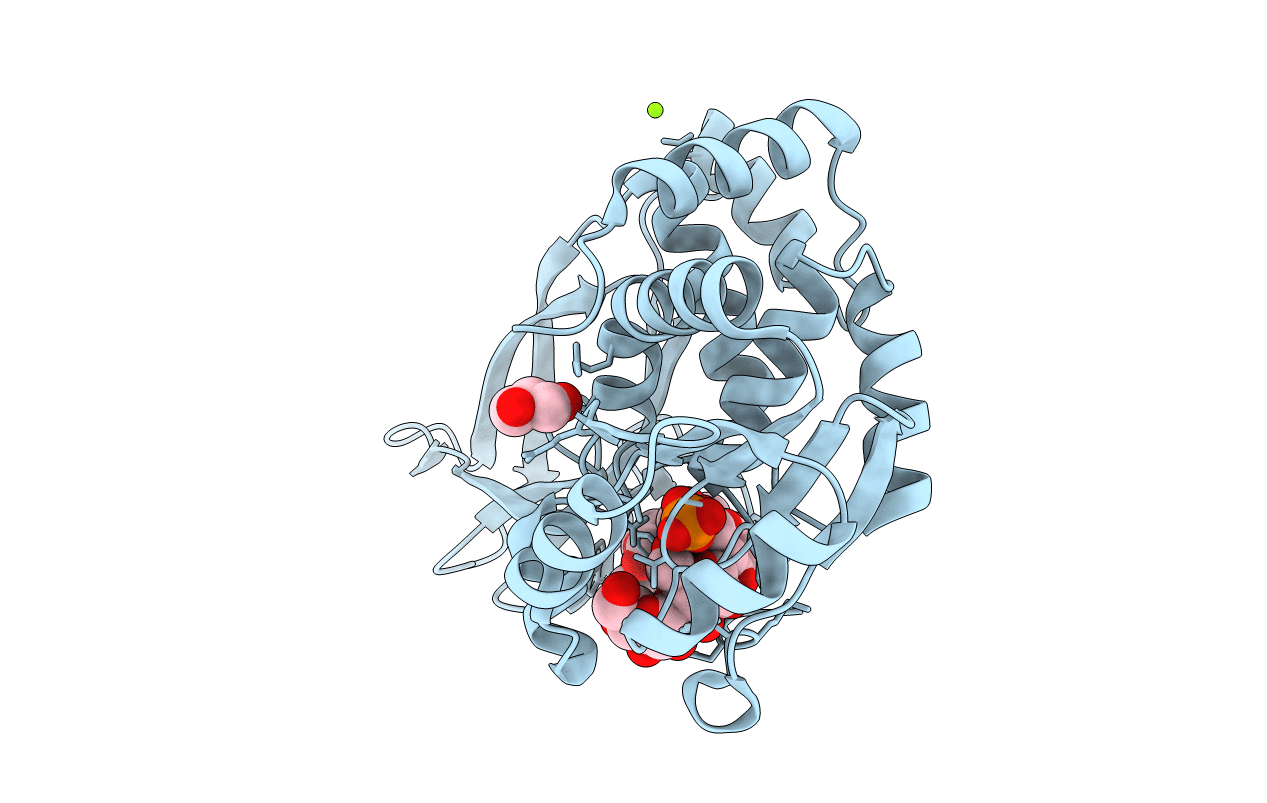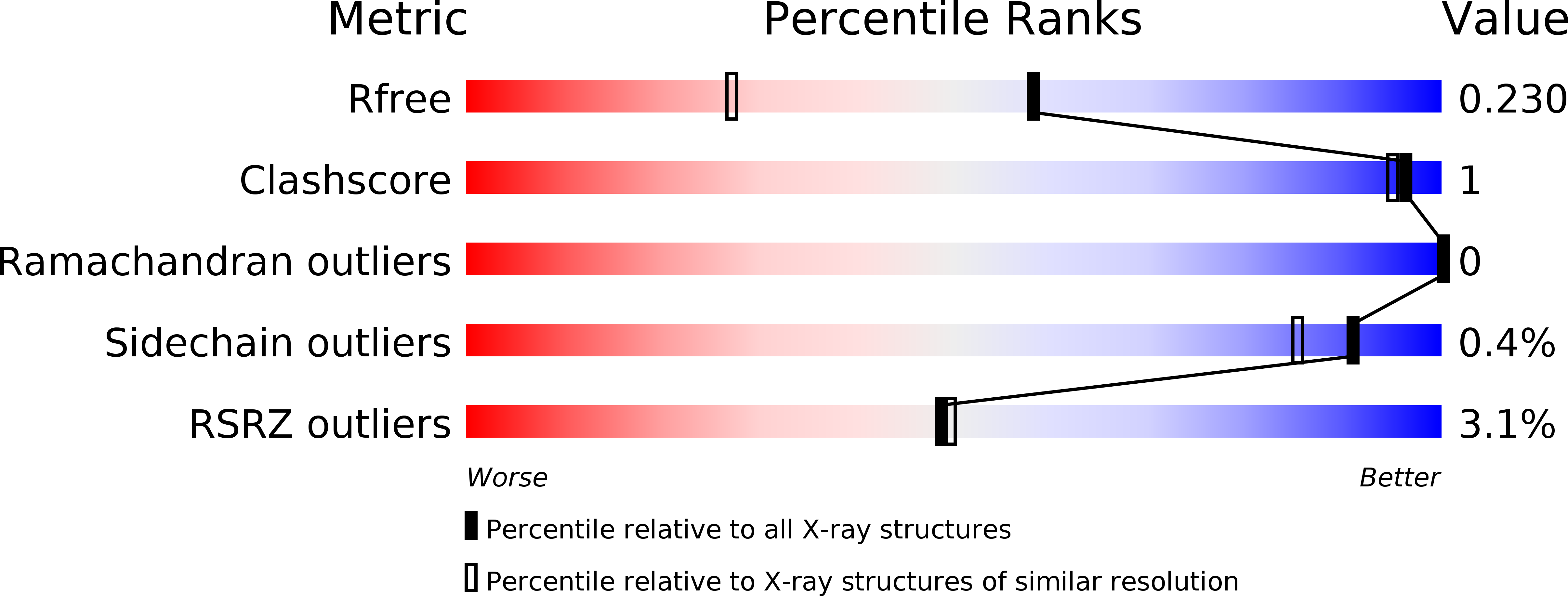
Deposition Date
2014-03-27
Release Date
2014-04-23
Last Version Date
2023-09-20
Entry Detail
PDB ID:
4PYH
Keywords:
Title:
Phospho-glucan bound structure of starch phosphatase Starch EXcess4 reveals the mechanism for C6-specificty
Biological Source:
Source Organism:
Arabidopsis thaliana (Taxon ID: 3702)
Host Organism:
Method Details:
Experimental Method:
Resolution:
1.65 Å
R-Value Free:
0.21
R-Value Work:
0.17
R-Value Observed:
0.17
Space Group:
P 21 21 21


